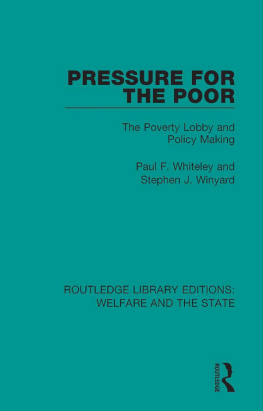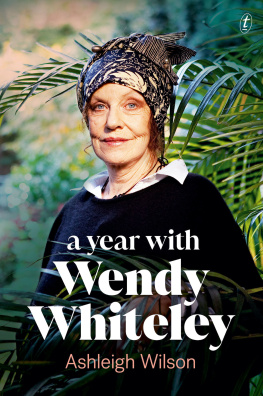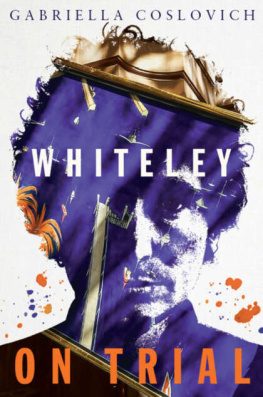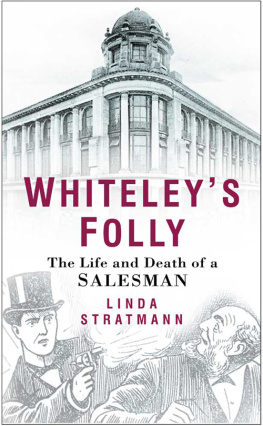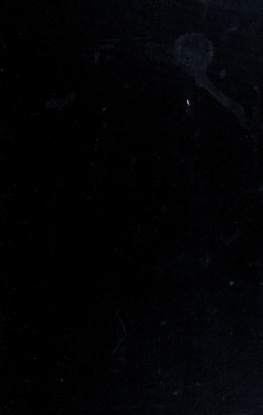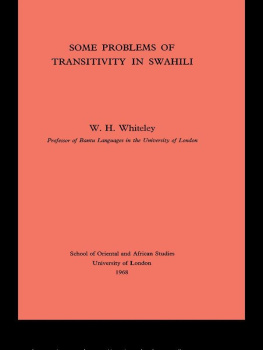Ashleigh Wilson lives in Sydney with his partner and son. He is the arts editor of the Australian, where he has worked for fifteen years, and has won a Walkley Award for a series of stories about exploitation in Aboriginal art.
@ashleighbwilson
@Brett_Whiteley
facebook.com/
ArtLifeandtheOtherThing
The Text Publishing Company
Swann House
22 William Street
Melbourne Victoria 3000
Australia
textpublishing.com.au
Copyright Ashleigh Wilson 2016
The moral right of Ashleigh Wilson to be identified as the author of this work has been asserted.
All rights reserved. Without limiting the rights under copyright above, no part of this publication shall be reproduced, stored in or introduced into a retrieval system, or transmitted in any form or by any means (electronic, mechanical, photocopying, recording or otherwise), without the prior permission of both the copyright owner and the publisher of this book.
The author and publisher gratefully acknowledge the permission granted to reproduce copyright material. Copyright in Brett Whiteley artworks (aside from The American Dream), notebooks and archival images is held by the Brett Whiteley Estate. Copyright holders of other images, where known, are identified in captions or the Plate List. Every effort has been made to contact copyright holders and obtain permission to use copyright material. The publisher would be glad to be informed of amendments for future editions.
First published by The Text Publishing Company in 2016
Design by W. H. Chong
Typeset by J&M Typesetting
Cover: Brett Whiteley, Remembering Laotse (Shaving Off a Second), 1967. Pencil, pen and ink, 66.4 x 56.2 cm. Art Gallery of Ballarat, gift of Jerry Van Beek, 1968.
Images from Brett Whiteley notebooks: half-title (stamp); dedication (drawing), after epilogue (drawing and stamp).
National Library of Australia Cataloguing-in-Publication entry
Primary print ISBN: 9781925355239
Ebook ISBN: 9781922253811
Creator: Wilson, Ashleigh, author.
Title: Brett Whiteley : art, life and the other thing / by Ashleigh Wilson.
Subjects: Whiteley, Brett, 19391992. PaintersAustraliaBiography. Art, Modern20th centuryAustralia.
Dewey Number: 759.994

Contents
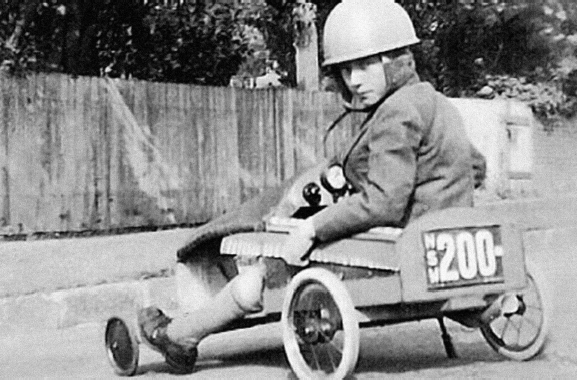
Brett, small but energetic, tore down Lucretia Avenue in a billy cart that Clem helped build. Courtesy of Ian MacTavish.
Seen through the eyes of a boy, Clem and Beryl Whiteleys decision to send their son away to boarding school was an act of abandonment. It didnt make any sense, either. He lived in Sydney. His family and his friends lived in Sydney, and there were schools close to home. to describe the long, hot days and drab food in Bathurst, more than three hours drive away.
But Brett Whiteley was eight, and his world was small. It didnt extend far beyond Longueville, a suburb close to the harbour on the Lower North Shore. He went to school in Chatswood, a ten-minute bus ride away, and liked to spend Saturday mornings at nearby Lane Cove watching films. , on the Central Coast, or the Jenolan Caves or camping at Ku-ring-gai Chase National Park, but otherwise everything had its beginning and end in Longueville. Here, on Lucretia Avenue, cars gave way to cricket games on the street. When he wasnt at school Brett could be found somewhere around there or Poole Street or Arabella Street, darting from house to house, swimming in the bay, playing with fireworks or the rifle in his room and looking for pennies for lollies. Then came the news that he and his sister had to go to school two hundred kilometres away.
Naturally, his parents had a different perspective on the matter. It wasnt until much later that he could stand back and consider his picture from a distance. The encounter with the Central West. The pang of distance. An immersion in Rome, Florence, Paris, London. His wife at his side and in the frame. Questions about art in a troubled world. The American experience. Expulsion from paradise, then a spotlit return home. The search for imagery: landscape, Queensland, Asia, nature, birds. The inward turn. The engagement with Sydney Harbour. The view out the window and inside the house.
All the while a hummingbird character came into view, a vivid force of lightness and movement, a restive seeker of new ideas and worlds, straining to find his own course. At times comical and irreverent, at others detached and lonely, he imprinted himself on those close to him with a beguiling tenderness and charm. And when the time came to shape his own narrative, Brett Whiteley told a story of a gift that was also an affliction, one that had its origins in the Australian countryside and around the harbour near his home.

When she married Clem Whiteley, Beryl Mary Martin was five months pregnant with their first child. before returning for the wedding. The formalities were held at the Paddington registrars office on 5 December 1936. Clem was twenty-nine, while Beryl was turning nineteen eight days after the wedding.
Their union brought together two quite different families, both with ties to England. Beryls mother, Gladys Marksthe daughter of John Edward Marks, a draper, and Ethel Kathleen De Foewas born in Hertfordshire in 1893 and moved to Western Australia in 1915. , a violinist from Wagin in Western Australia who was always on the road. Erratic and talented, Albert, the son of a bootmaker, had a drinking problem and a reputation for womanising. His frequent absences meant the job of raising their only childBeryl, born in Sydney on 13 December 1917, eight months after the United States entered the Great Waroften fell to Gladys.
Beryl was a stylish, socially ambitious teenager when she met Clem Whiteley in Sydney. The introduction happened when she accompanied a friend to her job interview at the newly opened Liberty Theatre. Only one of them had appliedBeryl was working at David Jones at the timebut , Clem was described in official documents as an advertising manager and Beryl as a receptionist.
. Travelling with them were their two boys, Jack and Clem, soon joined by two more siblings, Sydney and Betty. Herbert worked in Sydney as a signwriter and a tradesman.
Clement Wraith Whiteley, or Clem, was born on 10 May 1907 in Bradford, like the others in his family. After moving to Sydney, Clem was called on to look after his younger brother and sister following the death of his mother in 1932 and then his father two years later.
By the time he met Beryl, Clem was fascinated with Hollywood. , an eastern suburb of Sydney, when their first child was born on 12 April 1937. They called her Wendy Kay after Kay Francis, the American star of the Warner Bros. studio. Clem gave her a nickname that stuck: Frannie. Their second child followed two years later, on 7 April 1939, and the story that filtered through the family was that the name they chose had been inspired by Rhett Butler in Gone with the Wind, the Margaret Mitchell novel soon to be a film.
. Brett was five. He and Frannie took rooms on the top floor, while their parents took the bedroom below and turned the basement into an entertaining area with a bar.


